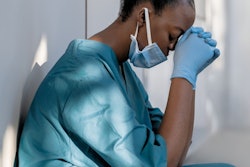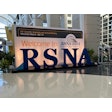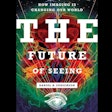
Nearly half of radiologists in a national survey indicated they had either left or had considering leaving their job due to moral distress, according to research published March 22 in the American Journal of Roentgenology.
What's more, researchers led by Priya Dave from Harvard Medical School in Boston found that nearly all surveyed radiologists reported at least some moral distress, owing to mostly systemic causes and effects of the COVID-19 pandemic.
"Urgent action is required by radiology practice leadership to address moral distress, as radiologists commonly practice in environments contradictory to their core values as physicians," Dave and colleagues wrote.
Burnout persists in radiology, whether it be on the academic level or at private practices, and it can lead to decreased quality in patient imaging and care. Behind the curtain of burnout, though, is moral distress, where one knows the right course of action, but institutional constraints make the right course impossible to pursue, according to the researchers.
Dave and colleagues wanted to find out how frequent and severe moral distress is among radiologists, as well as explore root causes and how this can be countered. It looked at survey data collected in 2022 from 93 radiologists across the U.S.
The researchers found that 91 of the respondents (98%) reported experiencing at least some moral distress for at least one scenario. Also, due to moral distress, 17 (18%) reported leaving a clinical position while 26 (28%) considered leaving a clinical position but did not leave.
The team also employed the Moral Distress for Health Care Professionals score to calculate distress among respondents across presented scenarios. The maximum possible score is 256. The group found that the average distress score was 73 for radiologists who have left, 89 for those who considered leaving, and 39 for those who never considered leaving (p < 0.001).
The study authors also found that 41 of 85 respondents (48%) felt that the COVID-19 pandemic influenced their moral distress level. Additionally, the three scenarios with the highest moral distress across respondents related to systemic causes. These included higher case volume than can be safely read, high case volume preventing resident teaching, and lack of administrative action or support.
The most commonly selected countermeasure to alleviate moral distress was educating leadership on moral distress sources (71%). The second most commonly selected countermeasure was opportunities to engage in interspecialty dialogue (44%).
"The results raise concern about the current state of radiology practice, as they suggest that radiologists perceive their practice environments as interfering with their abilities to deliver the highest quality of care for their patients," the study authors wrote.
They suggested that based on their findings, departments should work to change their work environment to alleviate moral injury and address high workloads among radiologists.




















